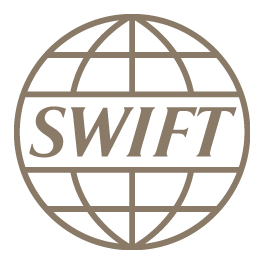
The monthly Renminbi tracker prepared by the Society for Worldwide Interbank Financial Telecommunication (SWIFT), revealed that in December 2014 the Chinese yuan became the 5th most popular payment currency in the world.
Antipodean currencies such as the Canadian dollar and the Australian dollar have been displaced from their 5th and 6th spot due to increasingly challenging commodity prices. Both economies are heavily relying on natural resources, which have all been dropping sharply throughout the past six months.
Renminbi Payments spiked higher by 20% in December, in an environment where all global payments went up by 14%, a move which could be partially tied to the establishment of a currency swap agreement between the People’s Bank of China and the Bank of Russia.
The Russian currency lost value rapidly in December, with speculation that the close Chinese allies of Mr. Putin could have been intervening to stabilize the rates of the Russian ruble.
On a year-on-year basis the Renminbi trading increase in rates has been much more material. The use of the Chinese yuan has increased by 102% when compared to 4.4% for its peers.
Next in line is the Japanese yen, which holds fourth position with 2.69% of all payments, while the Renminbi currently has 2.17%.
The internationalization of the Chinese yuan remains gradually on track, with the Chinese government still maintaining a tightly controlled Exchange rate regime. While a free float remains far fetched, the idea about it is growing in popularity across leading political circles in the Chinese communist party.

















